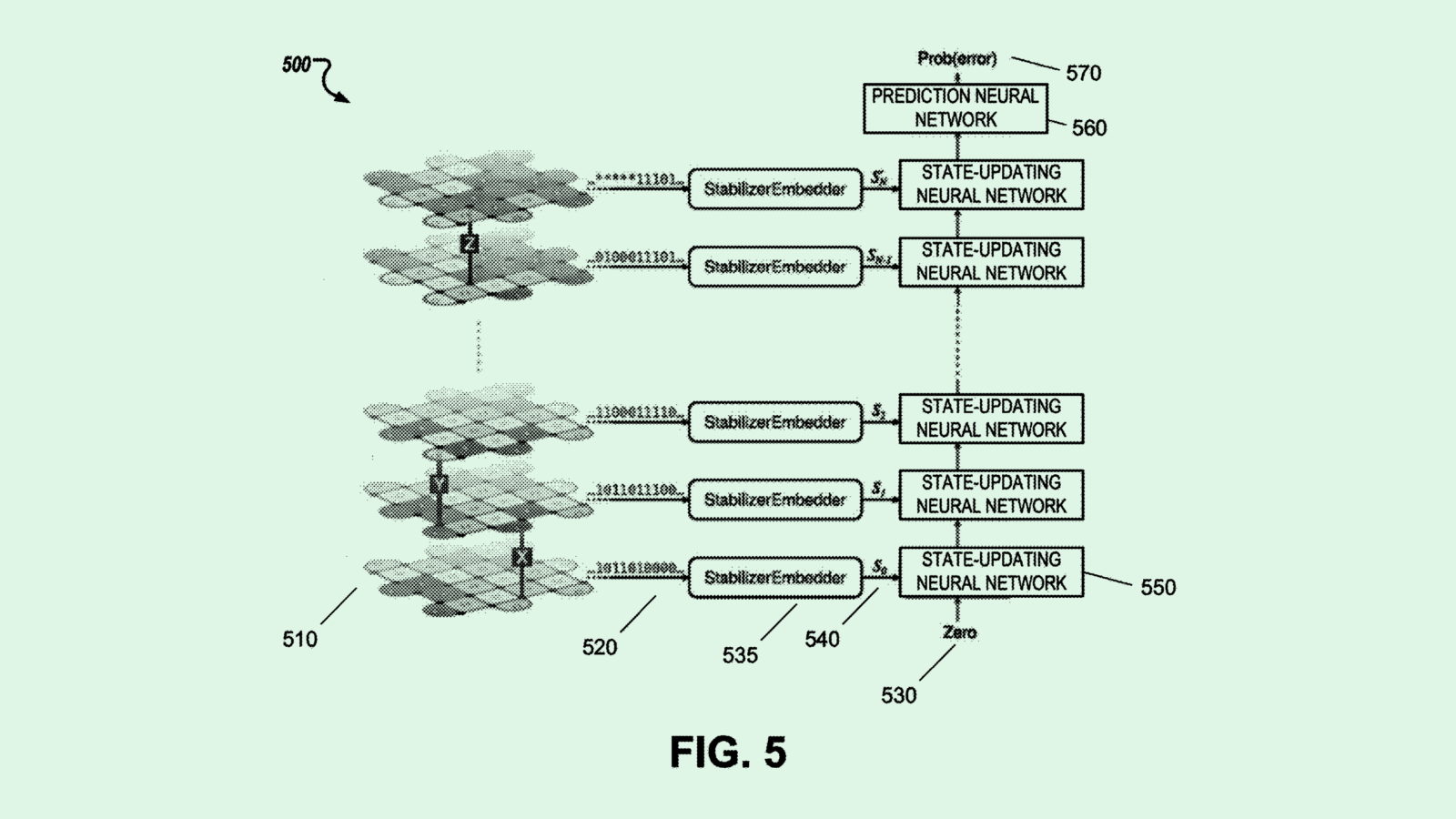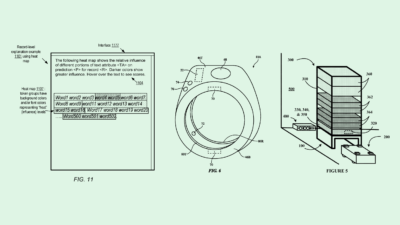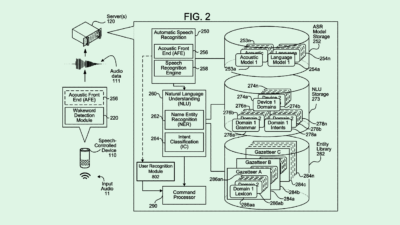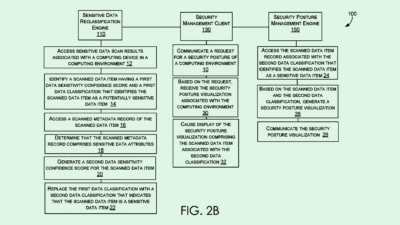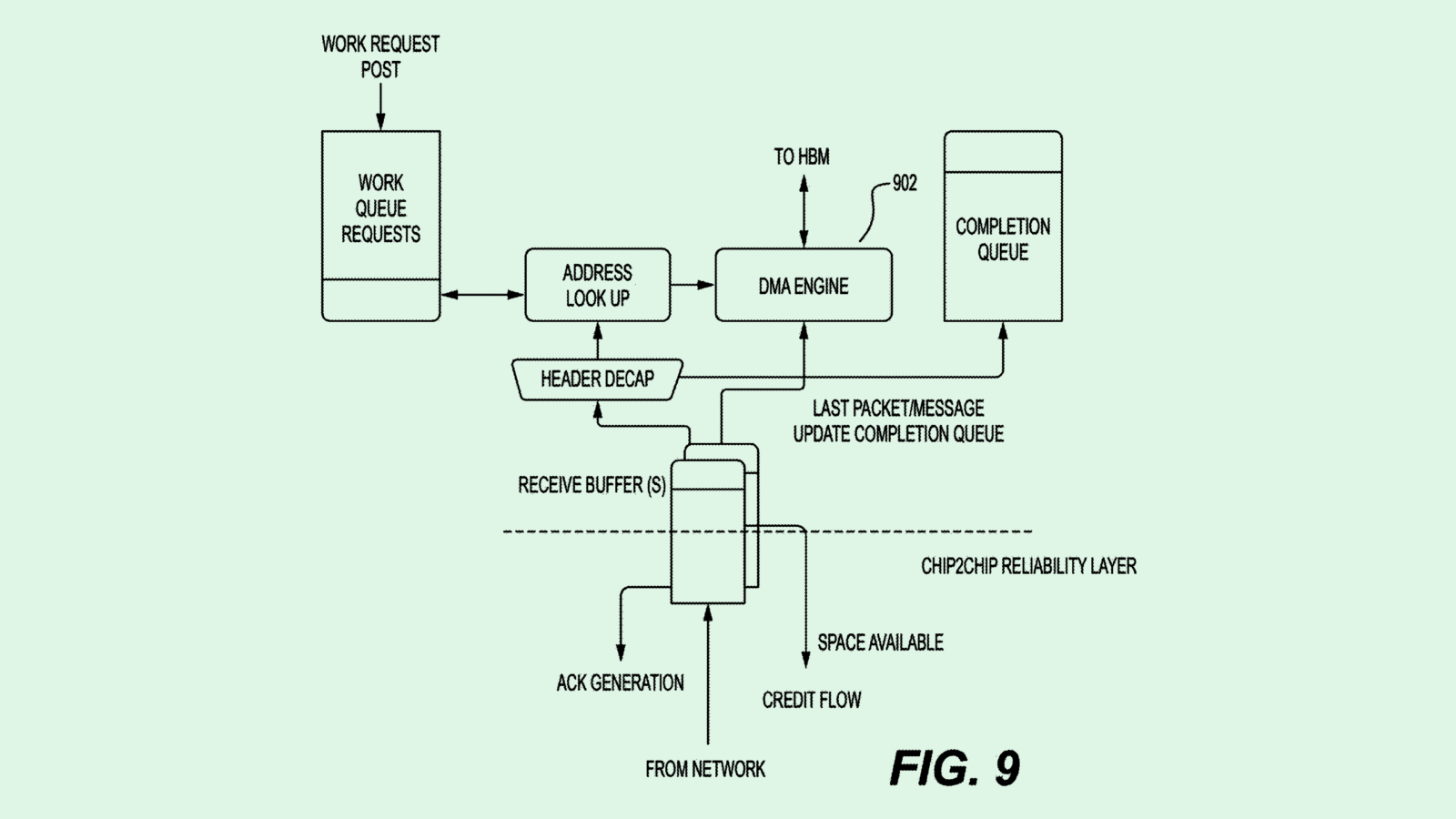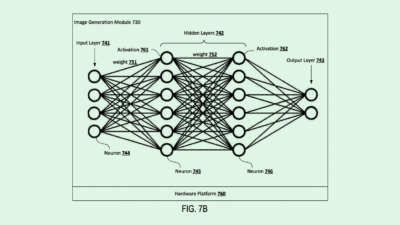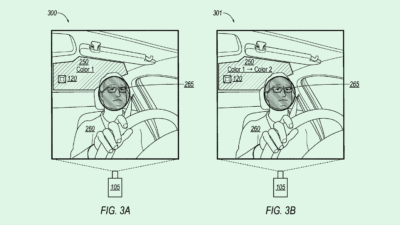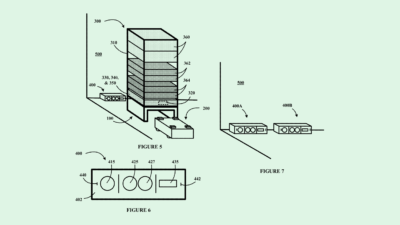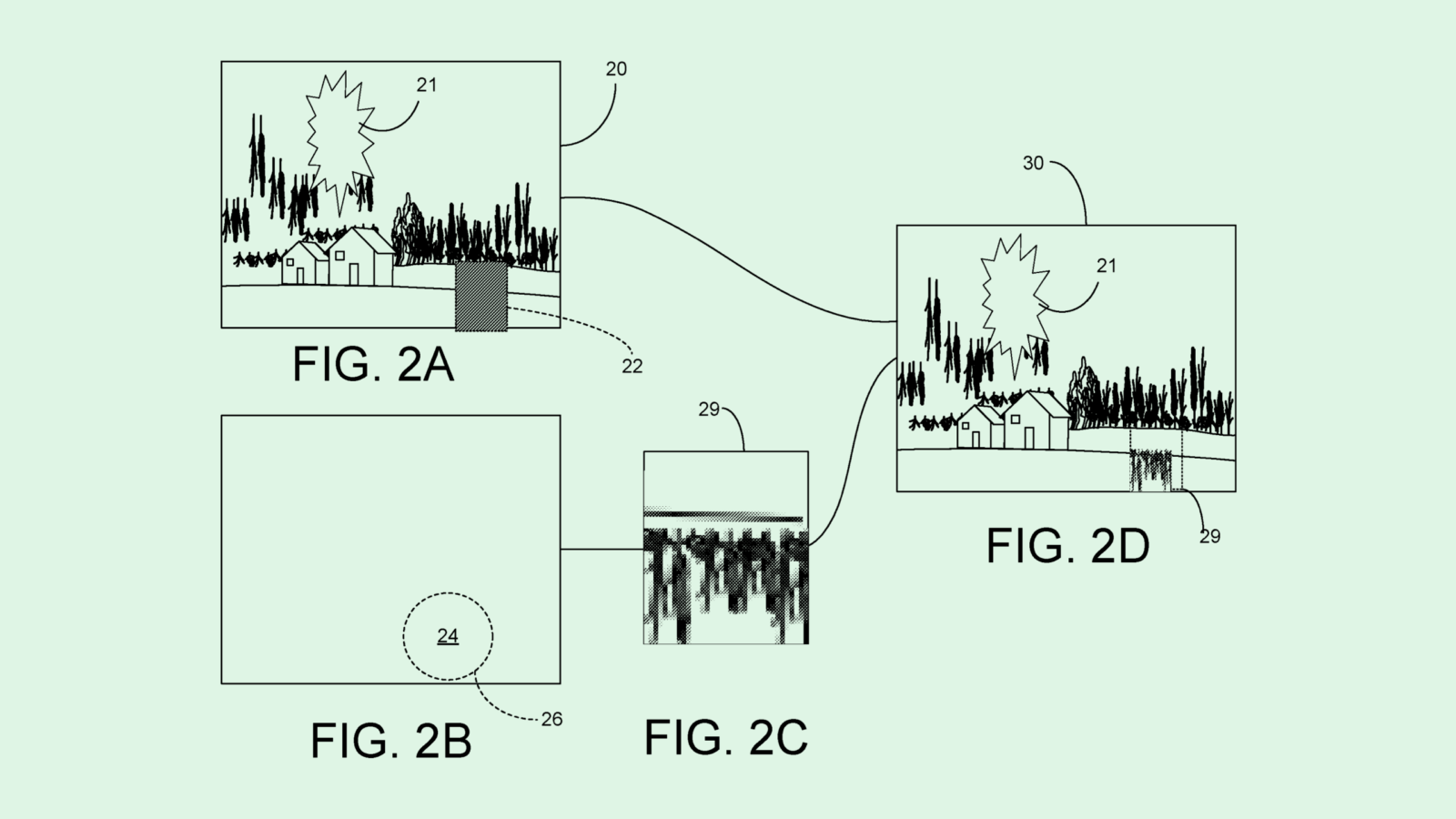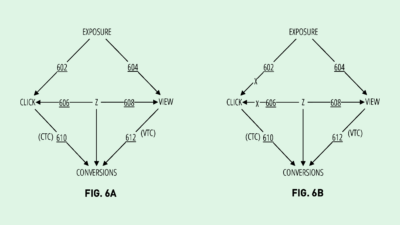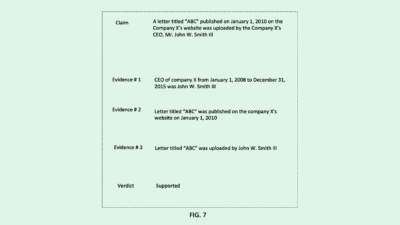Intel’s “Proof of Creation” Tech Could Take On OpenSea
Intel said the purpose of this tech is to help creators of and buyers of digital assets “assert their identity” without a marketplace.
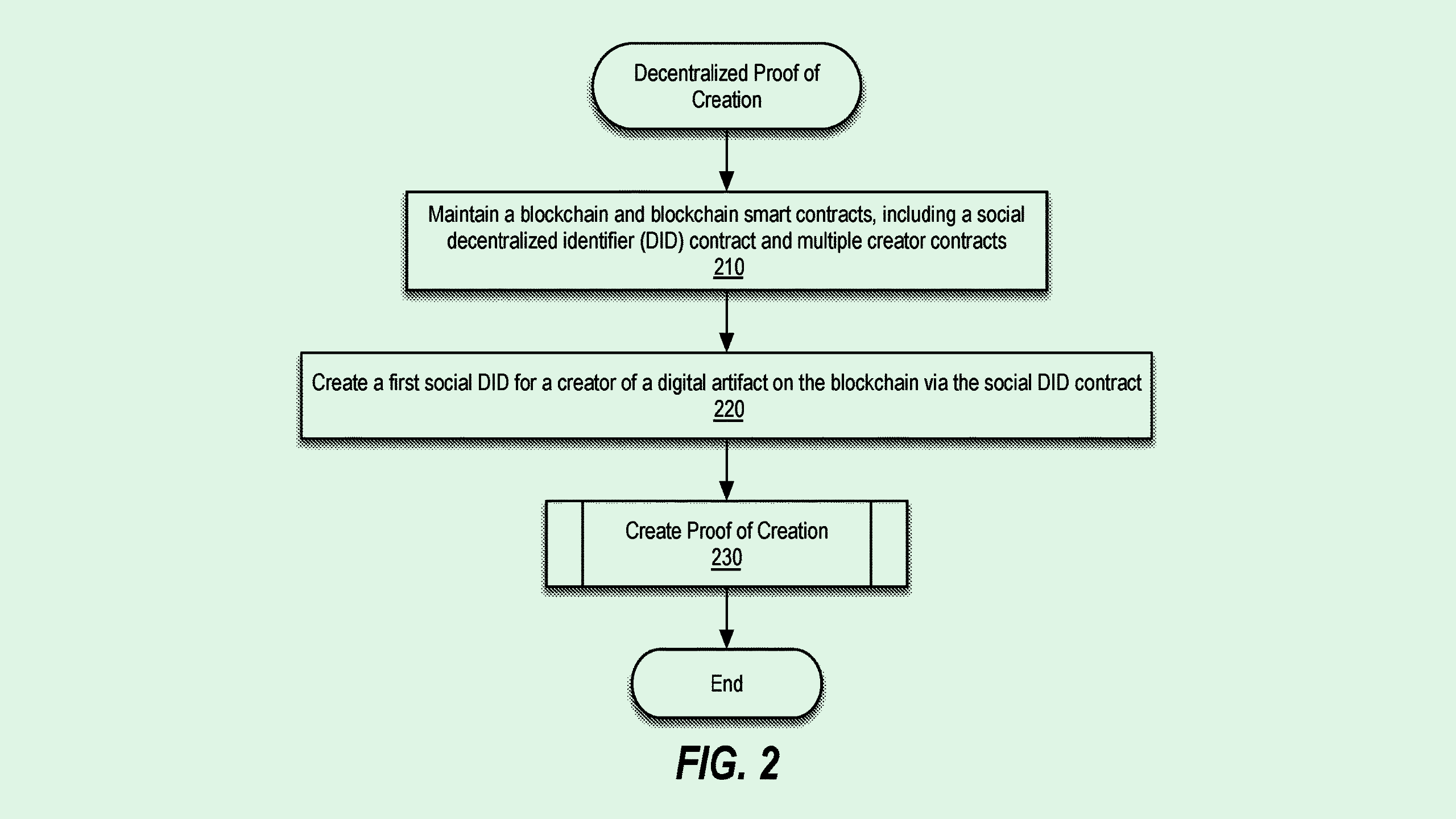
Sign up to uncover the latest in emerging technology.
Intel wants to make sure credit goes where credit is due.
The tech firm wants to patent what it calls “decentralized proof of creation.” Intel said the purpose of this tech is to help creators of and buyers of digital assets “assert their identity” without needing to be tied to any particular digital asset marketplace.
While several digital asset marketplaces have expressed the goal of decentralizing, “various limitations remain,” Intel said. “For example, despite decentralized NFT marketplaces, such as OpenSea, and the like having been created with decentralization ethos, it is surprising how little control, if any, they cede to the creators.”
When a user creates a digital asset, they get a “social decentralized identifier” to prove their identity on the blockchain, as well as a “creator contract” proving them as the creator of that specific asset. Intel’s tech uses a “proof of creation facilitator service,” which essentially organizes and maintains contracts that are connected to a person’s social decentralized ID.
The social decentralized ID may be verified through a person’s social media accounts, Intel noted. The system would map a person’s ID to a “verifiable social identity claim” made through a user’s social media handle, specifically noting the use of Facebook, Instagram or X (formerly Twitter) as options.
The social identity claim would be made through a post to the user’s account which contains their decentralized public key. A link to the social media post would then be mapped from the platform to the creator’s ID. “In this manner, a social (decentralized ID) is effectively vouched for by the third-party social media account through which the social identity claim was made,” Intel said.
Intel’s system would give blockchain creators more control over the things they create, allowing them to not have to work with marketplaces like OpenSea in order to sell their creations, said Jordan Gutt, Web 3.0 Lead at The Glimpse Group. “OpenSea’s NFT contract dictates how the royalties are paid out, and it gives less agency to the creator,” he noted.
This kind of tech could be significantly helpful to creators as OpenSea prepares to drop mandatory royalty fees on resales of digital items, replacing it instead with the option to tip the original creator. The change, which was announced back in August, goes into effect starting in March. (For reference, Intel’s patent was filed originally in September.)
While the timing is seemingly right for Intel’s tech to potentially disrupt OpenSea, the NFT market isn’t in the best of shape: NFT trading volumes fell from $26.3 billion in 2022 to $11.8 billion last year.
Intel, too, has had a bit of a shaky year with blockchain tech. The company launched its Blockscale chips, aimed at energy-efficient blockchain hashing, in August of 2022, but discontinued the hardware after just about a year.
However, Gutt noted, this tech could present many use cases beyond just NFTs. This concept could be used to trace the original creators of just about anything with a digital footprint, he said, from documents to code to data. And with the increase in AI generated content, reliable verification is only getting more important, he said.
“This makes me think (blockchain) will be more efficiently integrated into computing systems and the Internet without us even knowing or caring,” said Gutt.
